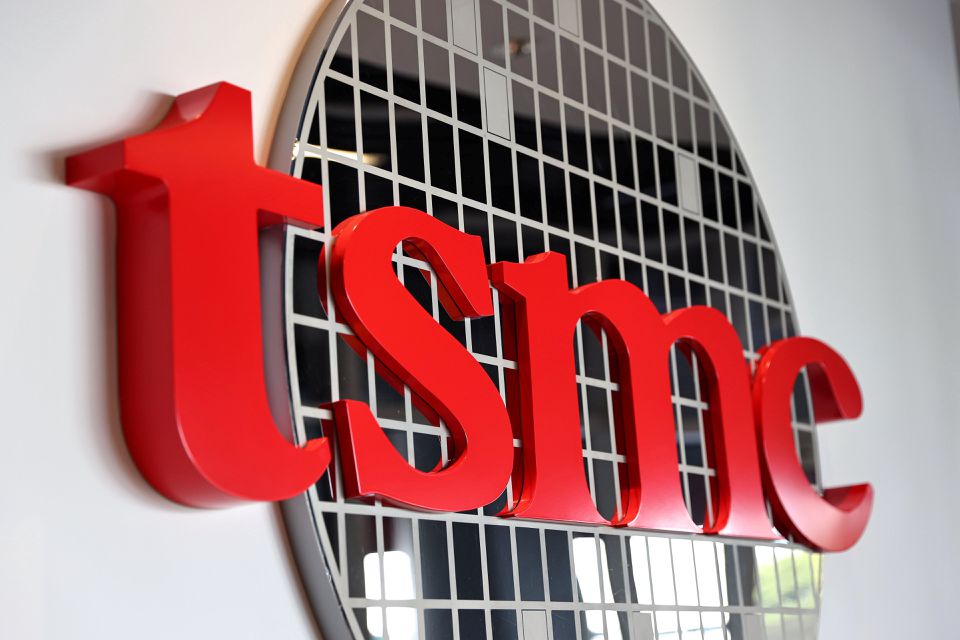
The shortage of semiconductor chips is increasing so far, but many companies are trying to solve this problem. Somewhere the state helps, some increase production volumes, others begin to build factories for the production of chips in other countries.
The last way was TSMC, which is doing quite well now. It receives super-profits as a result of an avalanche-like increase in demand for its products and a widespread increase in prices for processors, video chips, DRAM, etc. But TSMC's production facilities are now unable to meet the demand by 100%, so the company is starting to expand.
USA - start of construction of a factory in Arizona
The US government has been in talks with TSMC for about a year to build new chip production lines in Arizona, one of the US states. Now the parties have managed to come to an agreement, and construction has already begun.
The company is building a factory that will start producing the highly sought-after modern 5nm chips. The company's costs for this project should be about $ 12 billion, but, perhaps, the budget will even be expanded. In addition, some part of the funds will be provided by the country's government. We recently wrote that the United States has launched a campaign, the goal of which is to create infrastructure for the production of semiconductors in the state.
Legislators Approve National Semiconductor Industry Subsidy Bill worth $ 52 billion . The investments will not come in a one-time tranche, they will be divided over five years. Accordingly, every year local manufacturers of semiconductor components will receive $ 10 + billion. Some part, as far as can be judged, is quite substantial, will go to TSMC.
The head of the company said that the work has already begun, the builders have begun to implement the project. The factory will not be very powerful - it will be able to produce no more than 20 thousand chips per month. But this will be enough to meet the demand from a number of American companies.

But that's not all. In the near future, the company plans to increase its capacity and has already applied for the lease of nearby sites. She is going to build five more objects on them, most of which are factories. The company spends a lot of money on expanding the zones of presence and modernizing the existing infrastructure. This year alone, about $ 30 billion has been allocated, and in three years TSMC plans to allocate more than $ 100 billion. Factories in the United States will produce components for both the automotive industry and other industries.
Japan next in line
This country, like the United States, plans to expand its production of semiconductor elements. The Japanese government has now invited companies such as Canon, Tokyo Electron and Screen Semiconductor Solutions to collaborate on the 2nm process. Together, the Japanese plan to succeed. At the same time, the state allocated a little money - only $ 390 million.
The main part of financing, as well as technology, is planned to be attracted from Taiwan Semiconductor Manufacturing Co Ltd (TSMC) and Sony Group. The two companies are expected to commit about $ 9.2 billion to build the country's first 20-nanometer chip factory. There are no typos here and above - the country plans to gradually move towards a 2nm process technology. As for 20 nm, production can be launched even tomorrow, if there were money. And they will.
The collaboration project will begin with the creation of a test center that will study a three-dimensional arrangement of chips, in which the semiconductor components are arranged vertically. The center will be built on the grounds of the National Institute of Advanced Industrial Science and Technology in Tsukuba, Ibaraki Prefecture. As far as can be understood, the construction of the center will be completed this year, since in 2022 the partners plan to start research and development.
Future plans
While deploying infrastructure in other countries, TSMC does not forget about existing facilities and projects. So, at the end of 2021, the company plans to master the production of 4-nm processors, with their shipment to customers at the beginning of 2022.
“N4 is a direct transition from N5 with a compatible design, providing further performance, power and transistor density enhancements for the next wave of 5nm chips. Production of N4 is scheduled for the second half of this year, and full production of this type of cell is scheduled for 2022, ”a company spokesman said .

In addition, in the same 2022, TSMC will start producing 3nm chips, which will allow for a 15-20% increase in performance compared to 5nm. The power consumption of the new chips will decrease by about a third.
In 2023, the company is going to start producing 2nm chips. In this TSMC will help Apple both with resources and specialists. The American corporation plans to be the first to receive new processors at its disposal, therefore it is doing everything to achieve this goal. Chips will also be produced not in Taiwan, but in China, at the TSMC factory in the city of Baoshan, located near Hsinchu.
Well, in the more distant future, TSMC plans to bring to mind 1-nm microcircuits together with a group of scientists from the National Taiwan University (NUT, National Taiwan University) and the Massachusetts Institute of Technology (MIT, Massachusetts Institute of Technology, USA). True, now we are not talking about the release of 1-nm chips, this is just a purely scientific achievement that will be commercialized in a few years.
In any case, TSMC is gradually expanding and developing, capturing the market. It is likely that the company will be able to quickly increase production and achieve at least a small reduction in the shortage of chips.
